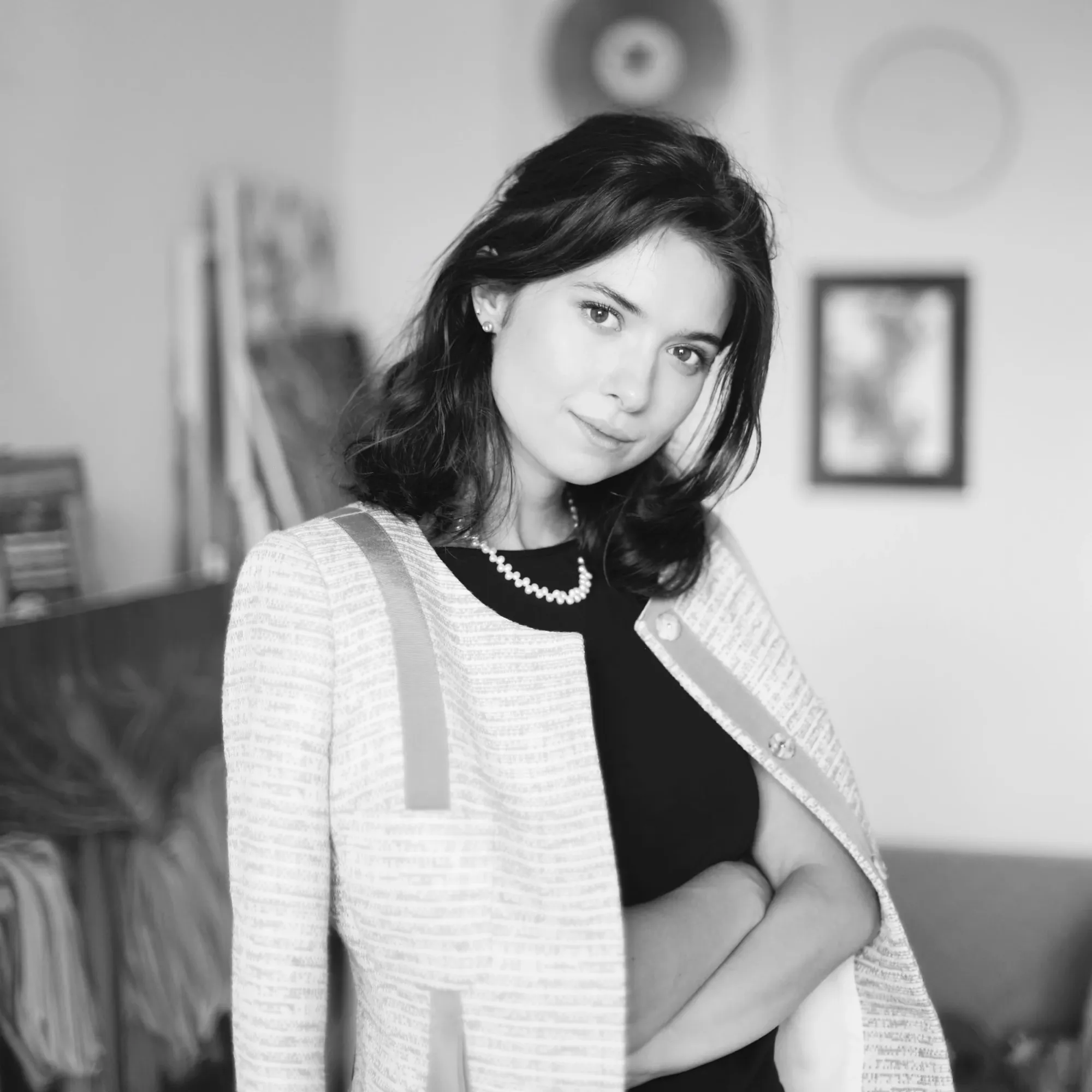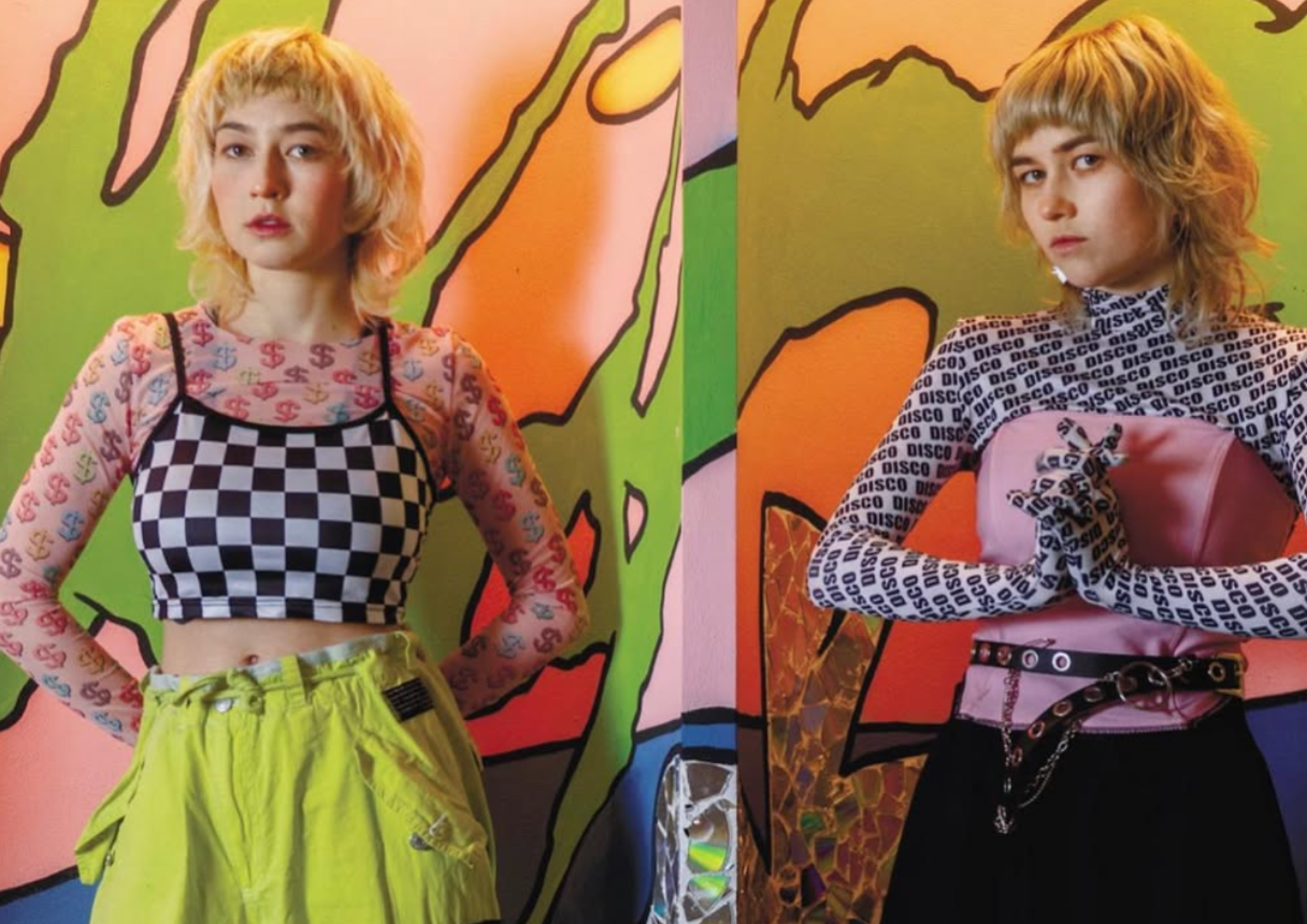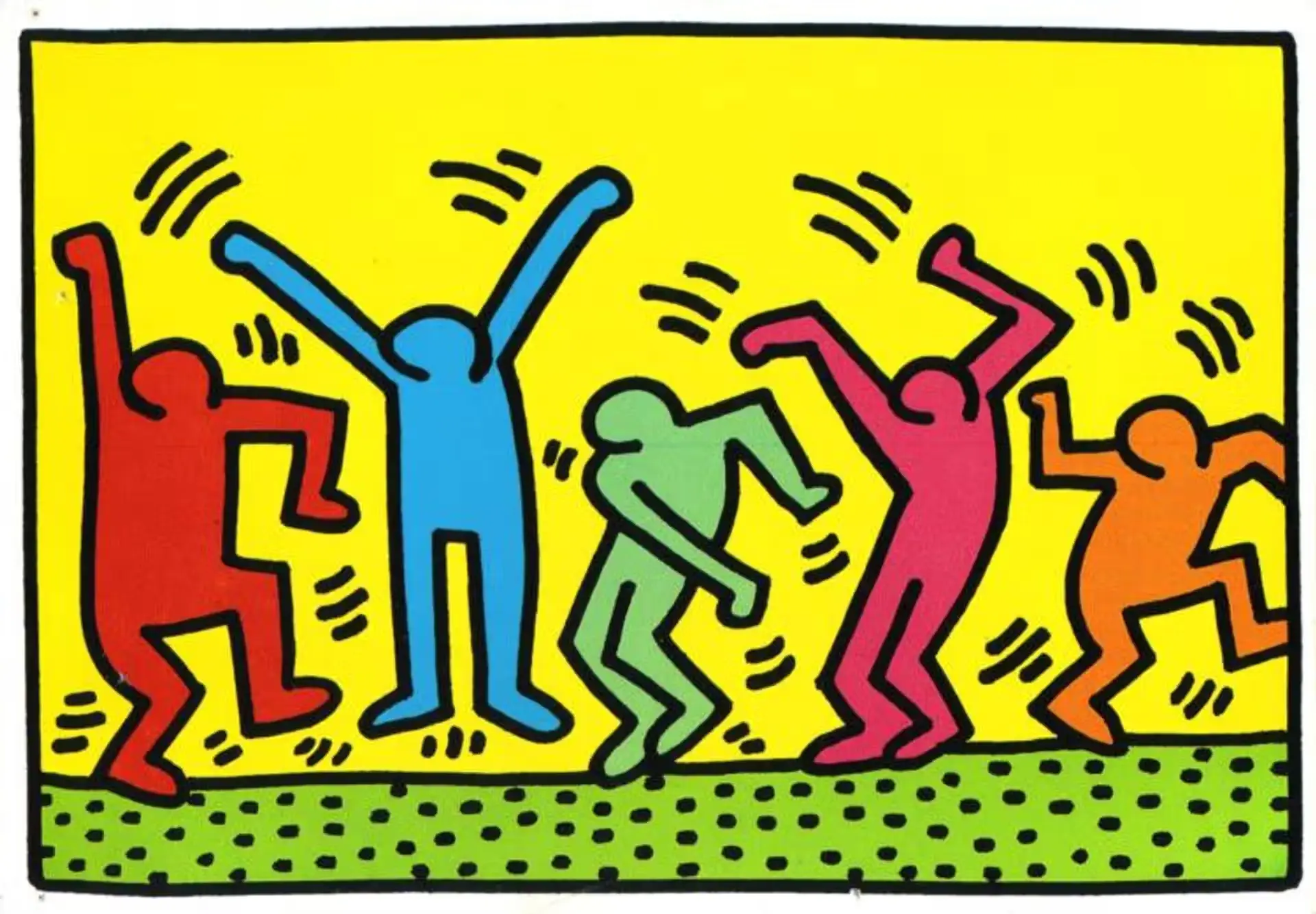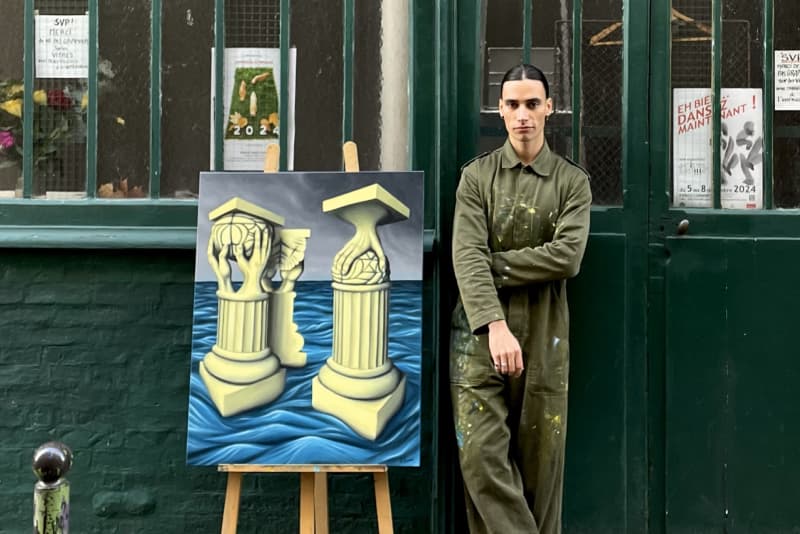Exploring the Meaning Behind Famous Religious Paintings of Jesus
Throughout history religious art has played a significant role in spiritual storytelling and expression. Jesus Christ stands out as one of the most influential subjects in religious art traditions because countless artists throughout history have illustrated his life, death, and resurrection. The paintings go beyond simple depiction by expressing deep emotions and theological messages within their historical settings which continue to move both religious followers and art appreciators. This article investigates famous religious paintings of Jesus Christ by analyzing their meanings and artistic approaches while exploring the enduring symbolic significance they hold.
The Role of Jesus in Religious Art
Religious art has consistently featured Jesus Christ as its focal point for more than two thousand years with symbolic meanings tied to hope and divine love as well as sacrifice and redemption. The portrayal of Jesus in religious art has transformed through the ages from early Christian mosaics to Renaissance and Baroque masterpieces to represent the distinct theological ideas and artistic styles of each period. The Middle Ages depicted him through solemn and symbolic representations whereas the Renaissance introduced portrayals that emphasized human anatomy and emotional expression. During the Baroque and Romantic periods artists used dramatic lighting techniques and realistic elements to strengthen emotional bonds between viewers and sacred stories.
Most Famous Religious Paintings of Jesus
The Last Supper – Leonardo da Vinci
The Last Supper (1495–1498) stands as one of history's most renowned religious paintings because it depicts Jesus revealing his future betrayal moment. Leonardo da Vinci demonstrates flawless perspective in this Renaissance masterpiece to direct viewer attention to Jesus at the painting’s center. Through the animated expressions of the disciples and the intentional application of light and shadow the painting emphasizes the scene's emotional intensity. The painting uses symbolic imagery to show Jesus in a divine triangular formation which stands for stability while the open window behind him signifies his future in heaven.
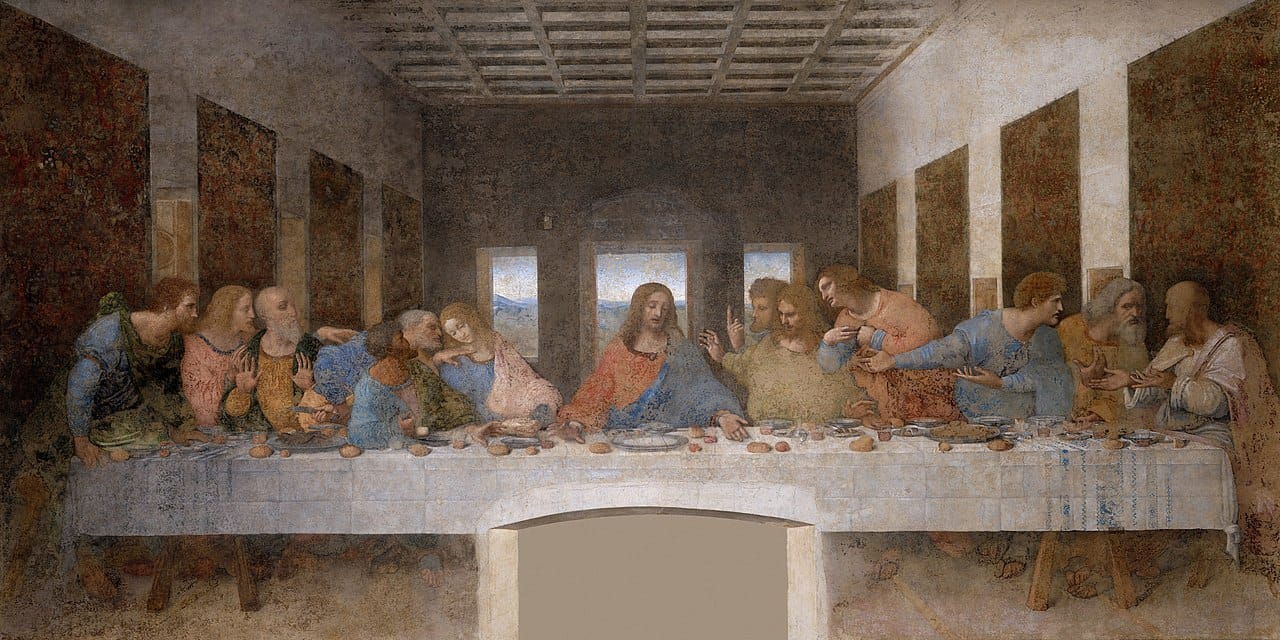
The Transfiguration – Raphael
Raphael’s The Transfiguration (1516–1520) delivers a stunning depiction of Jesus’ divine metamorphosis on Mount Tabor. The painting is divided into two sections: The painting splits into two parts with Christ shown in brilliant glory above while below it displays human beings facing their worldly challenges. The contrast of light against darkness highlights Jesus' spiritual transcendence and bolsters the salvation theme. This work showcases the way Renaissance artists employed composition and lighting techniques to produce a visually striking and spiritually significant creation.

Christ Carrying the Cross – El Greco
El Greco portrayed Jesus’s journey to crucifixion with deep emotion in Christ Carrying the Cross (c. 1580). El Greco distinguishes his work from other artists by placing Jesus alone against a dark backdrop to emphasize his sorrowful yet serene expression. El Greco's signature elongated forms combined with his ethereal color palette create an intense spiritual atmosphere that portrays divine endurance through suffering.
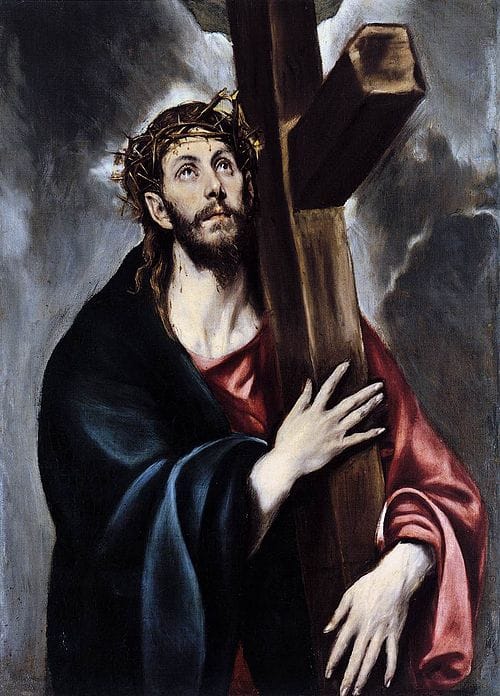
Ecce Homo – Titian
Titian's painting Ecce Homo from 1543 depicts Jesus being sentenced to death while wearing a purple robe and a crown of thorns. The title "Behold the Man" describes the scene where Pontius Pilate brings Jesus before the assembly. Titian’s expert application of Venetian Renaissance methods emerges through vivid color contrasts, tender textures, and expressive facial portrayals which highlight Jesus’ dual nature of fragility and divine determination.
The Resurrection – Piero della Francesca
Piero della Francesca created the Resurrection (1463–1465) which presents Christ ascending from his tomb and stands as a powerful symbol of hope and redemption. In this harmonious composition Jesus occupies the central position while projecting his divine authority. The contrast between Jesus' standing posture and penetrating look and the dormant guards emphasizes the conflict between spiritual awakening and earthly sleep. The artwork stands out due to its meticulously accurate mathematical application and balanced geometric structure which became defining characteristics of Renaissance artistic style.
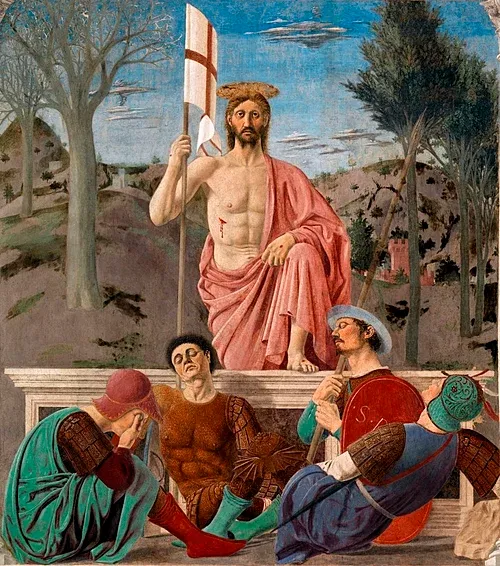
The Deposition from the Cross - Rogier van der Weyden
In Rogier van der Weyden’s The Deposition from the Cross from around 1435 viewers experience the humanity of Jesus' crucifixion with deep emotion through detailed artwork. The artwork depicts how the Virgin Mary collapses from sorrow while Jesus’ body is gently removed from the cross. This artwork stands as a profoundly moving example of Northern Renaissance religious art through its detailed drapery, realistic facial expressions and precise compositional arrangement.
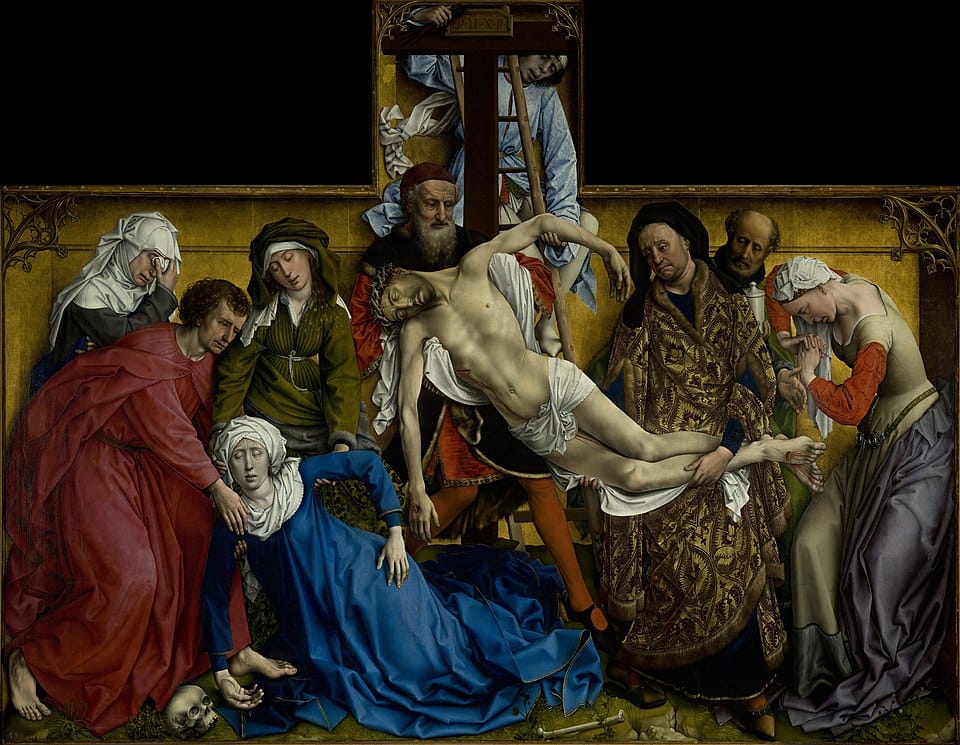
Symbolism in Famous Religious Art
Religious paintings of Jesus gain theological significance through their symbolic elements. Common symbols include:
- The Cross – Represents Jesus’ sacrifice and redemption.
- The Crown of Thorns stands as a representation of his endured suffering and the collective weight of human sin.
- Divine presence and holiness manifest through the use of Light and Halos in religious art symbolism.
- The color red stands for sacrifice and passionate feelings while blue embodies divine presence and eternal truth.
- The Lamb symbolizes Jesus as the "Lamb of God" which represents his purity and the concept of redemption.
Artists used these symbolic elements to express intricate religious ideas through captivating visual representations that also provided spiritual insight.
The enduring popularity of Jesus-themed religious paintings demonstrates how they connect artistic excellence with spiritual dedication. Through their Renaissance realism, Baroque emotional depth or contemporary reinterpretations these artworks persist as eternal symbols of faith and divine love alongside human suffering. Analyzing these masterpieces broadens our understanding of art as both an expression of faith as well as a demonstration of human creative power. Subjektiv.Art serves as a valuable platform for individuals who want to deepen their understanding of religious art through exploration and reflection on timeless pieces.
